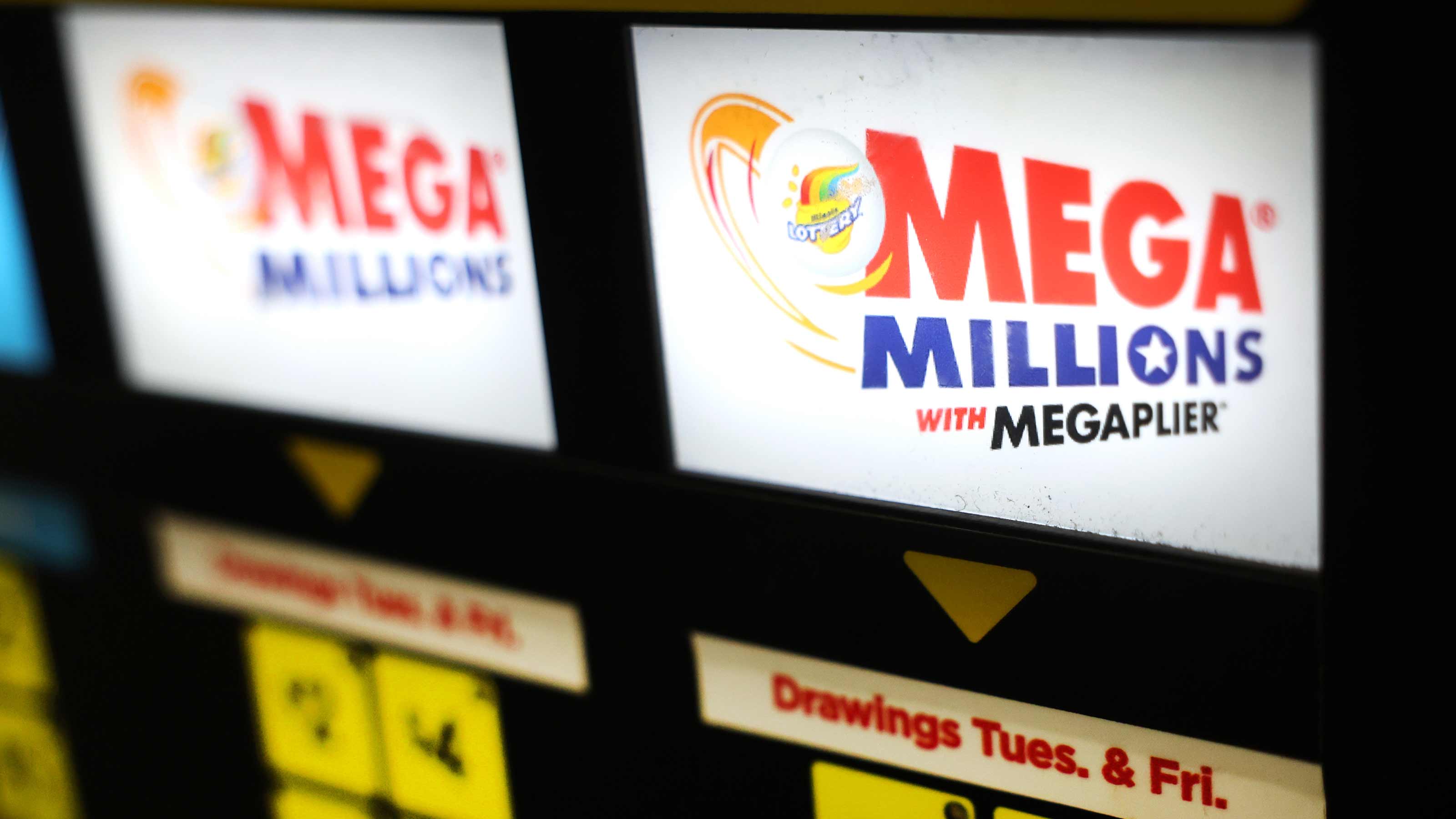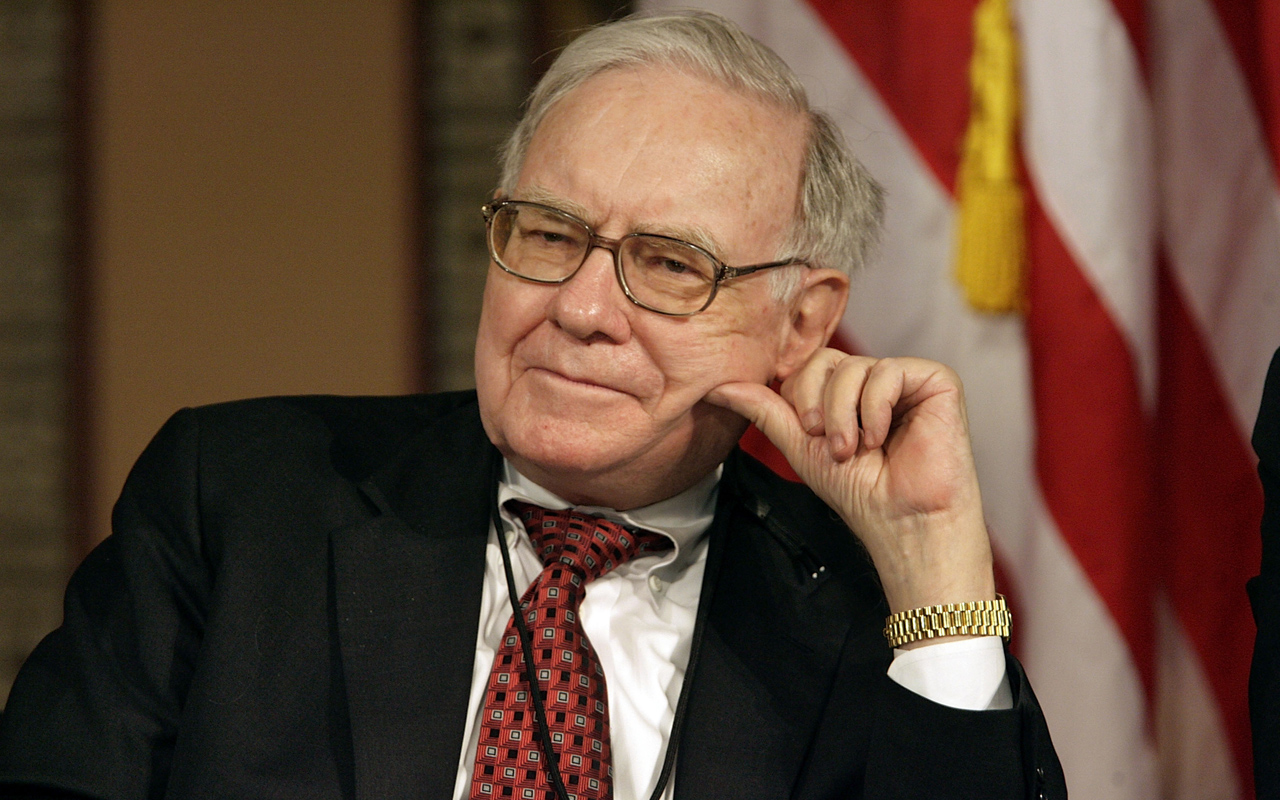Flex Funds Stumble
Funds with bolder allocation strategies are struggling because of the Greek financial crisis.

In recent years, aggressive asset-allocation funds have run circles around traditional balanced funds. Some of these flexible funds cut back their stock holdings dramatically during the 2007-09 bear market -- or even bet against stocks during part of the downturn. As a result, they emerged from the carnage as heroes. If they also leaned heavily on foreign stocks, they performed even better.
But it's been another story in 2010. Boring balanced funds, which typically keep about 60% of their assets in stocks and the rest in bonds and tend to focus on U.S. securities, have come on strong. Take Fidelity Balanced (symbol FBALX), which epitomizes dullness. It sticks with a 60/40 mix and keeps its sector weightings in line with those of Standard & Poor's 500-stock index. Year-to-date through June 4, the fund essentially broke even (down 0.3%), topping 88% of its peers. Vanguard Balanced Index (VBINX), as humdrum as they come, outpaced 92% of its rivals.
A lousy year
In the meantime, some funds with bolder allocation strategies, including those that shift assets all over the world, are struggling because of the impact of the Greek financial crisis on foreign stocks and Europe's currency, the euro. For example, Ivy Asset Strategy A (WASAX) has lost 7.8% so far this year, worse than 92% of its peers. American Funds Capital Income Builder (CAIBX) has shed 6.9%, and BlackRock Global Allocation A (MDLOX) has surrendered 4.4%.
From just $107.88 $24.99 for Kiplinger Personal Finance
Become a smarter, better informed investor. Subscribe from just $107.88 $24.99, plus get up to 4 Special Issues

Sign up for Kiplinger’s Free Newsletters
Profit and prosper with the best of expert advice on investing, taxes, retirement, personal finance and more - straight to your e-mail.
Profit and prosper with the best of expert advice - straight to your e-mail.
But one active allocator, Rob Arnott, is looking downright Delphic. Two funds he runs, Pimco All Asset (PASAX) and Pimco All Asset All Authority (PAUDX), have gained 3.6% and 4.5%, respectively, so far this year. Both funds invest in other Pimco funds, giving Arnott the ability to tap nearly every asset class.
As you might guess, All Authority is the bolder of the two, permitting Arnott to short stocks (bet that their prices will fall) and to use leverage. A bearish outlook on the U.S. prompted Arnott to short 14% of All Authority's assets at the start of 2010. Although shorting Europe would have been even better, the bet against U.S. stocks paid off during the spring swoon, as did an outsize bet on emerging-markets stocks, which dropped about three percentage points less than Europe did. Arnott says emerging nations have stronger economies and healthier balance sheets than most developed countries. A move into Treasury inflation-protected securities also paid off nicely.
One once-hot fund that has turned cold is Ivy Asset Strategy. Manager Michael Avery had also bet against U.S. stocks, so why has his fund struggled so much? As the Greek crisis intensified in early May, Avery grew more bearish and reportedly placed a big order to short the S&P 500 (through futures contracts on the index known as e-minis). Some observers have pinpointed that order, placed precisely at the time of the flash crash on May 6, as a cause of that debacle. (Waddell & Reed, Ivy's parent, says that neither it nor the fund contributed to the sharp drop in the stock market that day -- almost 1,000 points on the Dow Jones industrial average.)
In any event, Asset Strategy lost 8.4% in May, and it seems likely that part of the problem was that a chunk of those short-sale orders were placed near the market low on May 6. The Dow subsequently rebounded 600 points that afternoon.
Avery is now running $24 billion, and it could be that he hasn't adjusted his fast trading style to the reality of his funds' burgeoning asset base. The reports on the e-mini trade said he tried to sell 75,000 contracts (only 50,000 normally trade in an hour, and that's when markets are behaving normally and there's plenty of liquidity, which was not the case on May 6). Asset Strategy, with a ten-year annualized return of 7.9%, still ranks in the top quartile of the world-allocation group for that period, but I'm becoming uncertain about its future.
Columnist Russel Kinnel is director of mutual fund research for Morningstar and editor of its monthly FundInvestor newsletter.
Profit and prosper with the best of Kiplinger's advice on investing, taxes, retirement, personal finance and much more. Delivered daily. Enter your email in the box and click Sign Me Up.

-
 Changes Are Coming for This Invesco Bond Fund
Changes Are Coming for This Invesco Bond FundThe Invesco BulletShares 2026 Corporate Bond ETF's bonds will mature in 2026. Here's what investors should do.
-
 What Science Reveals About Money and a Happy Retirement
What Science Reveals About Money and a Happy RetirementWhether you’re still planning or already retired, these research-based insights point the way to your best post-work life.
-
 7 Retirement Planning Trends: What They Mean for You in 2026
7 Retirement Planning Trends: What They Mean for You in 2026From government shutdowns to market swings, the past 12 months have been nothing if not eventful. The key trends can help you improve your own financial plan.
-
 How I'm Going to Invest My Mega Millions Lottery Jackpot
How I'm Going to Invest My Mega Millions Lottery JackpotThe odds of winning the Mega Millions lottery are effectively zero, but here's how I'm investing my fortune should I hit the jackpot.
-
 Four Random Facts and Thoughts About Warren Buffett
Four Random Facts and Thoughts About Warren BuffettIf I love Warren Buffett so much why don't I just marry him?
-
 Investing in Gold Is Dumb
Investing in Gold Is DumbStocks are better than gold for both generating wealth and offering protection against inflation.
-
 What's So Scary About a Mega-Cap Tech Bull Market?
What's So Scary About a Mega-Cap Tech Bull Market?Bears say the market can't keep rallying when only five mega-cap tech stocks are driving returns, but history suggests otherwise.
-
 We Are Not in a Bull Market
We Are Not in a Bull MarketIt takes more than a 20% gain off the low to proclaim the beginning of a new bull market.
-
 Why I Don't Buy Stocks
Why I Don't Buy StocksIt's nearly impossible to beat the market – but it is cheap and easy to match it.
-
 Amy Domini on the Secrets of Sustainable Investing
Amy Domini on the Secrets of Sustainable InvestingESG An ESG pioneer says finding good corporate citizens is the best way to make money.
-
 Bitcoin Halving: What Does It Mean for Investors?
Bitcoin Halving: What Does It Mean for Investors?Technology 'Mining' for this cryptocurrency just became a lot more expensive